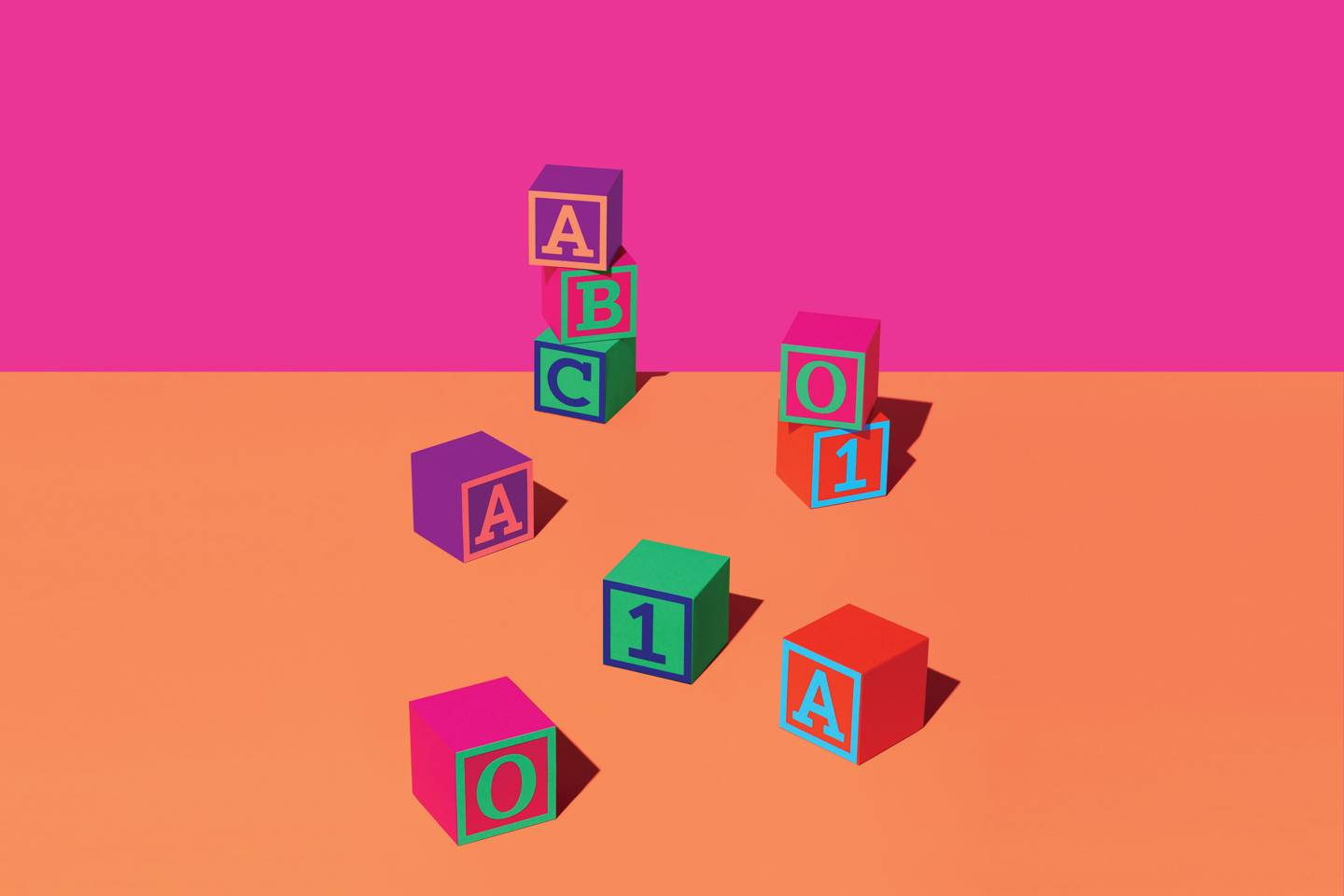Standardization broke education. Here’s how we can fix our schools
by Sir Ken Robinson APRIL 22, 2019
 |
| credit Ilka & Franz |
“The movement towards personalisation is already advancing in medicine. We must move quickly in that direction in education, too”
We are all born with fathomless capacities, but what we make of them has everything to do with education. One role of education is to help people develop their natural talents and abilities; the other is to help them make their way in the world around them. Too often, education falls short on both counts. As we face an increasingly febrile future, it’s vital to do better. For that to happen, education has to be urgently transformed. We have the resources and the expertise, but now we need the vision and commitment.
In my book, You, Your Child and School, I make a distinction between learning, education and school. Learning is acquiring new skills and understanding; education is an organised system of learning; a school is a community of learners. All children love to learn, but many have a hard time with education and some have big problems with school.
Usually, the problem is not the learners – it’s the inherent bias of education and the enforced culture of schools. For generations, formal education has been systematically biased towards narrow forms of academic ability. The result is that it largely disregards the marvellous diversity of human talents and interests.
For the past generation especially, politicians have been smothering schools in a depressing culture of standardisation. As a result, they have been marginalising the very capabilities our children need to create a more equitable and sustainable world – by which I mean creativity, compassion citizenship and collaboration.
As far as we know, human beings are the most creative creatures ever to walk the Earth. We are endowed with deep powers of imagination and the physical capacities to realise our imaginings in complex languages, theories and beliefs, as well as in the tangible forms of technology, architecture, agriculture, the arts and the sciences and so on.
The trouble is that, in the past 300 years, we have created civilisations that have dislocated our relationships with the natural environment and that now imperil our survival as a species. We face existential challenges. We have immense capabilities to innovate, but the clock is ticking and education is the only key to unlocking these capacities – not the torpid system of testing we have now, but forms of education that celebrate and cultivate these unique powers deliberately.=
Our cultures and societies are deeply interwoven. And yet, throughout the world, humanity is plagued by enmities and lethal factionalism. Education is not the cause of these problems, nor is it a panacea for them. But it must be part of the solution. To be so, schools must teach and practice the benefits of citizenship, cultural literacy and compassion. The arts and the humanities have special significance here.
And our children must learn that the human adventure can only be carried forward through complex forms of collaboration. Several years ago, I moderated an event with the Dalai Lama. At one point he was asked a question. He paused for a long time and then said, “I don’t know. I haven’t thought about that. What do you think?”
One of the world’s great teachers was perfectly happy to say, “I don’t know.” He knew that no one grasps more than a few tiny threads of the dense fabric of human knowledge. As the great cultural theorist Clifford Geertz put it, as human beings we are suspended in webs of significance that we ourselves have woven. We depend on other people’s knowledge for our survival in every way. But our education system is not based on collaboration – it’s based on competition.
Culture and creativity have always been powered by technology. Great tools do two things. First, they extend our physical reach. But transformative tools open our minds too. The plough made it easier to turn over soil. It eventually overturned whole ways of life.
The proliferating reach of digital technologies is the best recent evidence of our capacities for collaboration. Digital technologies could be the most far-reaching and consequential change in human history – a potential step change in our evolution as a species. Digital technologies are also changing the context in which we educate people, and what we’re educating them for. They can help us support teaching and make education more vibrant and more collaborative. Wikipedia is the largest compilation of human knowledge ever attempted, and it’s entirely collaborative and self-correcting.=
The tools that we have now are astounding, and we’re still at a very early stage in their development. As artificial intelligence evolves and its impact grows, we’ll have to ask ourselves what it is that makes us distinctly human. What are the qualities we should be celebrating?
We have an opportunity now to rethink the whole ecosystem of education. We need to reinvent schools. There’s a growing movement in alternative education.
It’s about building schools that value the social dimension of learning and practical work; that place equal value on arts and sciences. They are dedicated to fostering the right conditions for people to learn; to making education more organic and less formulaic. They recognise that schools must foster young peoples’ natural appetites for learning; that schools themselves must be creative, compassionate, democratic and collaborative. And they must be more personalised and organic.
The movement towards personalisation is already advancing in medicine. We must move quickly in that direction in education, too. We have the tools and the professional talents. We need to stir the motivation, vision, optimism and political commitment. That too is a task for education.
Ken Robinson is an international consultant on education and professor emeritus at the University of Warwick
see full article: https://www.wired.co.uk/article/education-personalisation

Comments
Post a Comment